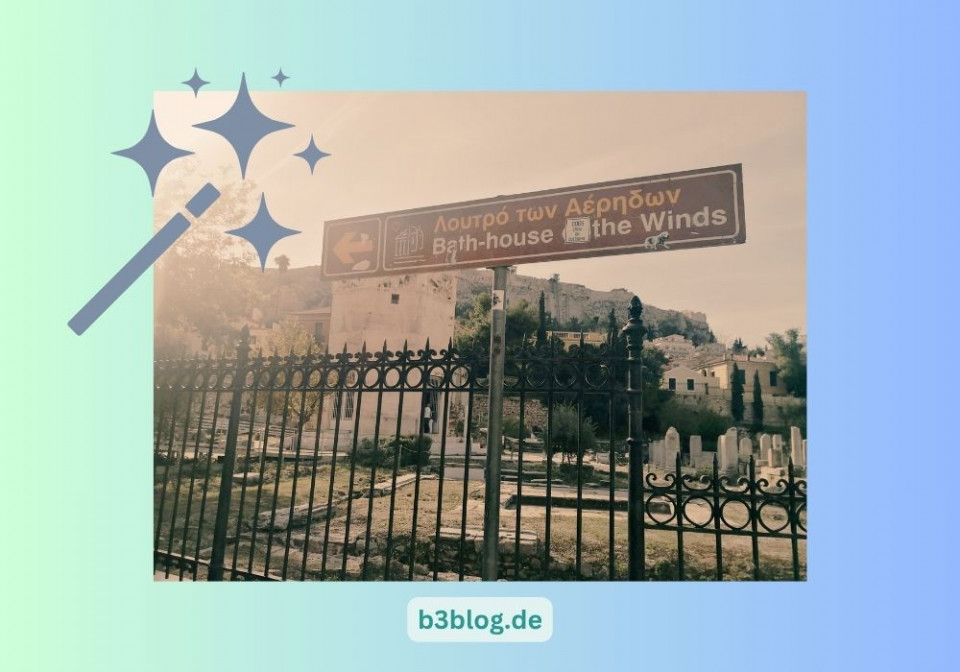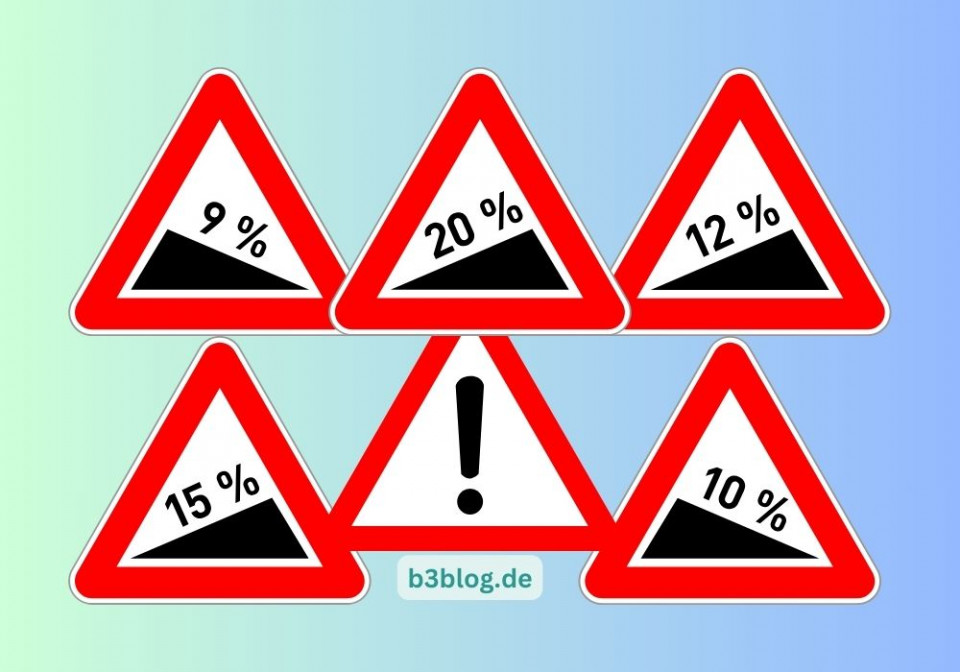Ancient history, new methods
Archaeoinformatics is the name of the research field that addresses archaeological questions with the help of digital means and techniques - and makes the conventional image of archaeologists digging in the ground obsolete. Partly, at least, because archaeology is still like a gigantic puzzle with an almost infinite number of pieces, a mosaic with many gaps. Ultimately, therefore, this field is also about collecting and evaluating a great deal of data on these puzzle pieces - and the idea of using digital tools is no longer so far-fetched. On the contrary, the benefits of databases and geoinformation systems for researching ancient history are obvious. Virtual reality is another welcome way to breathe new life into archaeological finds, making them more vivid. For example, how about a virtual tour of ancient Rome with its Colosseum, which is still impressive in real life?
Roman city from the digital drawing board
Usually, it looks like traditional excavation methods and digital capabilities complement each other. Recently, however, a news story made headlines that resulted directly from new approaches: Falerii Novi, located north of Rome, was the first time a Roman city was mapped without the need for on-site excavation. Using georadar (GPR, short for ground penetrating radar), the ruins were explored to a depth of three meters and further refined using satellite technology. A detailed account of the methods and results can be found in the insightful paper Ground-penetrating radar survey at Falerii Novi: a new approach to the study of Roman cities.
A Window into antiquity
As is well known, there are also numerous traces of Roman times in Germany. 1959 saw the publication of Mit dem Fahrstuhl in die Römerzeit, a non-fiction book by Rudolf Pörtner that became a bestseller and a catchphrase. Because the title showed: the past is amazingly close. The new research methods will certainly lead to new discoveries and new insights in our latitudes as well.


